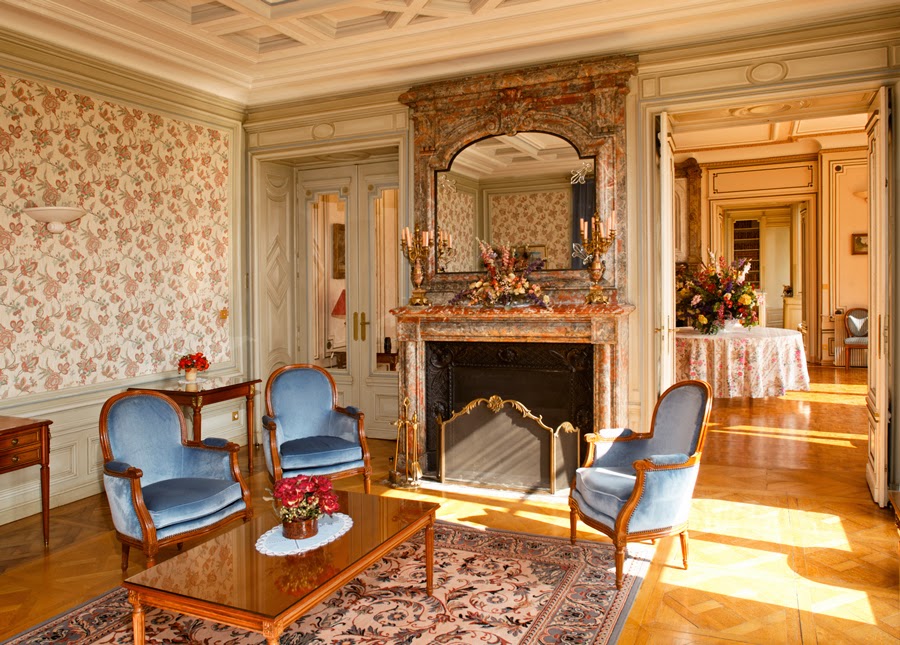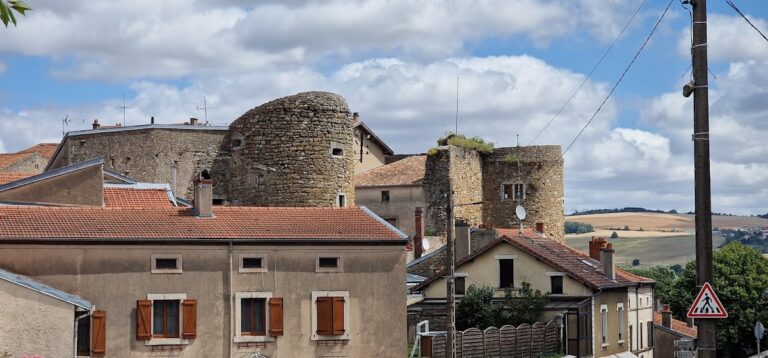Château de Thillombois: A Historic French Château with Medieval and Renaissance Heritage
Visitor Information
Google Rating: 4.6
Popularity: Low
Google Maps: View on Google Maps
Official Website: chateau-thillombois.com
Country: France
Civilization: Unclassified
Remains: Military
History
The Château de Thillombois is situated in the municipality of Thillombois in modern-day France. This estate was originally built during the medieval period by a French noble family that also owned the Château de Jarny, indicating its significance within the regional aristocracy of the time.
Constructed in the 12th century, the original château formed a large and imposing domain, far more extensive than the present-day structure. This medieval stronghold remained an important noble residence until the turmoil of the Thirty Years’ War in the 17th century, during which the château suffered severe destruction. Only a single tower and one wing survived, while nearby villages endured pillaging by Croat mercenaries, who were then known as “Cravtas.”
Following this period of devastation, the estate experienced gradual restoration across several generations. However, during the Reign of Terror in the late 18th century, the château was emptied of all its possessions amid widespread revolutionary upheaval.
The 19th century marked a significant revival for the Château de Thillombois. Around 1873, major remodeling and expansion occurred when the heiress, the Countess d’Oryot-Apremont, married the Count of Nettancourt-Vaubécourt. This alliance provided the resources to construct a new main building and refurbish existing rooms, transforming the residence into a Renaissance-style château with modernized features while preserving elements of its historical fabric.
Ownership remained with the Nettancourt-Vaubécourt family until 1961. That year, the commune of Mantes-la-Ville acquired the property and repurposed it as a summer camp center. The château later fell into disuse during the 1980s, but in the early 1990s, the cultural association Connaissance de la Meuse rented the site. This group undertook restoration efforts and furnished the château to support cultural activities, helping to maintain the estate’s relevance and condition. Eventually, in 2010, this association became the official owner to ensure the château stayed within the public domain.
The Château de Thillombois has been recognized for its historical value since it was officially listed as a Monument historique on March 6, 1995, reflecting its importance as a survivor of medieval origins and 19th-century transformation.
Remains
The current layout of the Château de Thillombois reflects its long history of construction, destruction, and restoration. The existing structure primarily exhibits Renaissance architectural elements resulting from a comprehensive remodeling carried out in the 19th century, which introduced a new main residential building. This building harmonizes with the château’s historical character while updating its accommodations.
From the original medieval fortress, only a single tower and one wing remain. These remnants are constructed with traditional medieval masonry, standing as tangible links to the château’s 12th-century origins. Their survival offers a rare glimpse into the castle’s large-scale medieval design before the destruction wrought by the Thirty Years’ War.
Throughout its history, restoration efforts have focused not only on rebuilding lost sections but also on refurbishing and preserving the surviving medieval parts. By the late 20th century, the château was sufficiently restored to be furnished and used as a venue for cultural events organized by the managing association. This suggests that interior spaces were carefully maintained or renewed to reflect both historical continuity and functional use.
Today, the château’s architectural remains are well preserved and protected under the status of a historic monument. This designation ensures ongoing care and highlights the estate’s significance as a fragment of France’s medieval heritage, enhanced by later adaptations from the 19th century.









